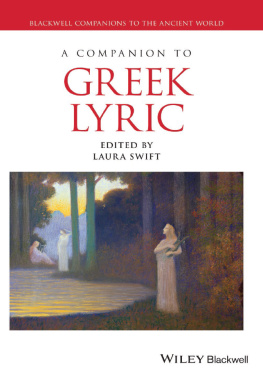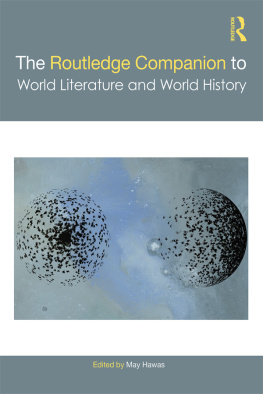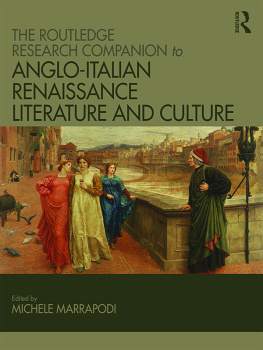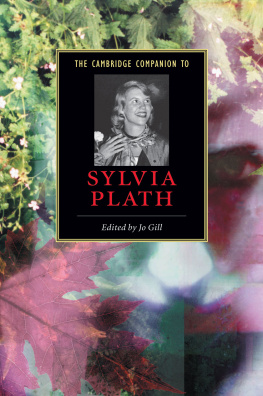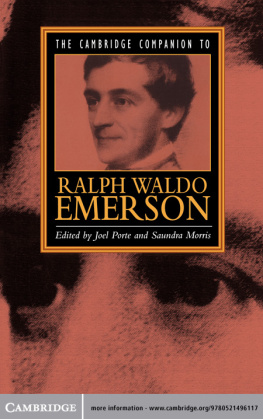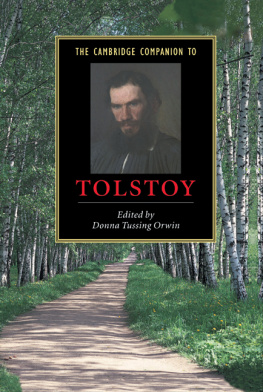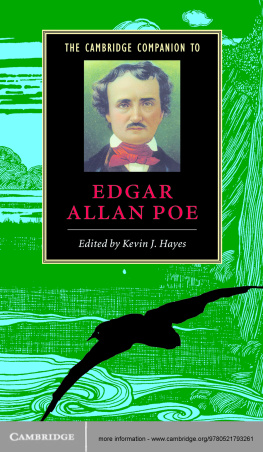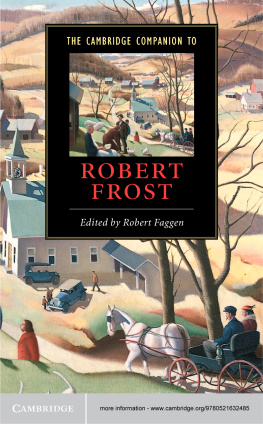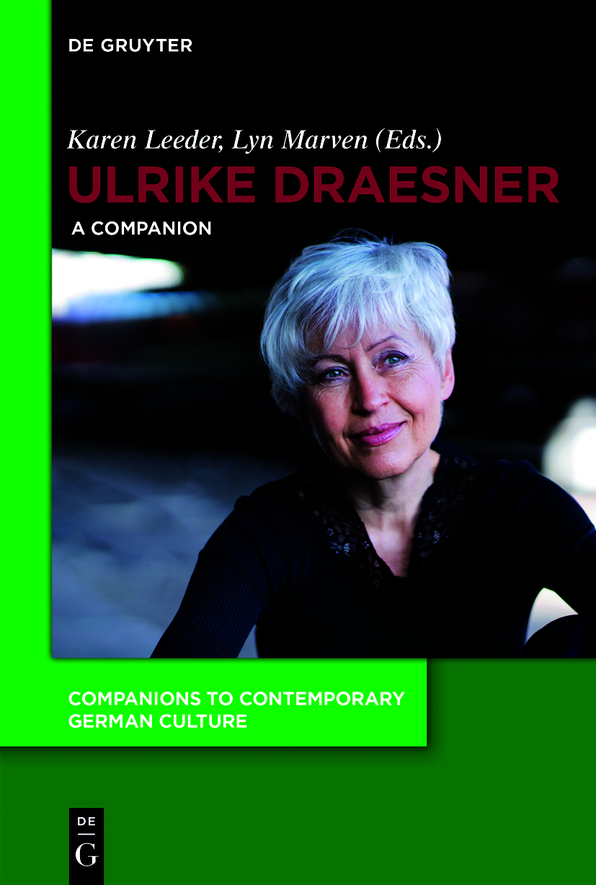Companions to Contemporary German Culture
Edited by
Michael Eskin
Karen Leeder
Christopher Young
Volume
ISBN 9783110478952
e-ISBN (PDF) 9783110495942
e-ISBN (EPUB) 9783110493382
Bibliographic information published by the Deutsche Nationalbibliothek
The Deutsche Nationalbibliothek lists this publication in the Deutsche Nationalbibliografie; detailed bibliographic data are available on the Internet at http://dnb.dnb.de.
2023 Walter de Gruyter GmbH, Berlin/Boston
A Note on Translations
Quotations are generally given only in English, except where a particular linguistic or formal point is being made, or when a reader who has German might particularly benefit from having the original. In the case of quotations from Ulrike Draesner herself quotations are given in German and English. Contributors have, where appropriate, cited poems translated by Iain Galbraith and available online. Otherwise contributors have provided new translations where none exist, or in order to make a particular linguistic point. These follow the relevant German in square brackets and the primary aim is to provide an accessible working translation. Unless otherwise specified, all other translations are by the author of the chapter. Some poems including the sample at the end are taken from Ulrike Draesner, this porous fabric. Selected Poems, translated from the German by Iain Galbraith (Bristol: Shearsman Books, 2022).
To avoid unnecessary repetition, however, the titles of Ulrike Draesners main works are given in the German only. The titles of individual essays and poems are given both in German and English throughout. For ease of reference a list of translations of these main works is included here, and a fuller Select Bibliography is given at the end of the volume.
Novels
Sieben Sprnge vom Rand der Welt (2014)
[Seven Leaps from the Edge of the World]
Vorliebe (2010)
[Preference]
Spiele (2005)
[Games]
Mitgift (2002)
[Legacy]
Lichtpause (1998)
[Light Interrupted]
Prose
Mein Hiddensee (2015)
[My Hiddensee]
Richtig liegen. Geschichten in Paaren (2011)
[Lying comfortably. Stories in Pairs]
Hot Dogs (2006)
[Hot Dogs]
Reisen unter den Augenlidern (1999)
[Travelling behind the Eyelids]
Poetry
Nibelungen. Heimsuchung (2016)
[Nibelungen. Haunting]
subsong (2014)
[subsong]
berhrte orte (2008)
[touched places]
mittwinter (2006)
[midwinter]
kugelblitz (2005)
[ball lightning]
fr die nacht geheuerte zellen (2001)
[cells hired for the night]
anis-o-trop. Sonettkranz (1997)
[anis-o-trop. sonnet cycle]
gedchtnisschleifen (1995, 2002, 2008)
[memory loops]
Essays
Die fnfte Dimension (2016)
[The fifth Dimension]
Heimliche Helden (2013)
[Secret Heroes]
Schne Frauen Lesen (2007)
[Reading Beautiful Women]
Zauber im Zoo. Vier Reden von Herkunft und Literatur (2007)
[Magic in the Zoo. Four Talks about Origins and Literature]
History and the Text
Narrating History. Ulrike Draesners Lichtpause, Spiele, and Sieben Sprnge vom Rand der Welt
Erik Schilling
This chapter will address the intertwining of history and fictional story in three of Ulrike Draesners novels: Lichtpause (1998), Spiele (2005) and Sieben Sprnge vom Rand der Welt (2014). Whereas Draesners first novel focuses on the personal story of an eleven-year-old girl, her later texts show an increasingly significant interaction between micro- and macro-levels of history. This becomes especially important when multiple perspectives on past events result in competing versions of the same story. Different characters recount the same events in different ways; the border between history and fiction is blurred. Draesners novels therefore pose a metahistorical question about how history may be reconstructed and whether such history can be believed.
I follow Ansgar Nnnings typology that classifies historical novels on a spectrum ranging between fictionalized history and metahistoriographic fiction. Nnning distinguishes five forms of historical narratives with fluid boundaries between:
Individual and Family History in Lichtpause
Draesners debut novel Lichtpause integrates historical events into a fictional text. However, the narrated events are not historical in a strict sense. Rather than mixing collective and individual events (as, to point forward for a moment, Spiele does) or constructing history from different points of view (as in Sieben Sprnge), Lichtpause focuses on the biography of a single individual: an eleven-year-old girl named Hilde who dies after an accident. The novel starts with the accident itself, narrated from an external point of focalization. Then it switches to the girls perspective (moving from sie [she] via dich [you] to ich [I]), but split between an internal and external viewpoint. Hilde can feel what is happening to her, but at the same time she sees herself from outside as her body is lying on the street:
Ich schliee die Augen wieder, der vertraute Geruch, ja
jetzt bin ich durch den Sack gekrochen. Stehe am Flieder, mehr als einen Meter ber dem Asphalt.
[I close my eyes again, the familiar smell, yes
now I have crawled through the sack. Am standing by the lilac, more than a metre above the tarmac.]
The dual perspective is the starting point for an autodiegetic narration. The break between the two points of view is highlighted by the line break between ja and jetzt. It marks the moment in which Hilde leaves her dying body to look at it from the outside, and the moment in which she starts to tell her story.
Following this, the text presents events from Hildes childhood, growing up in the suburban ambience of post-war West Germany. However, no recognizable historical events form part of the novel in contrast to both Spiele and Sieben Sprnge. Whereas Draesners more recent novels deal with historical facts and can be precisely dated to the years 1972 and 1945 respectively, Lichtpause simply evokes an atmosphere which is characteristic of many family narratives depicting life in the 1960s and 1970s. The text does not focus on the contrast between micro- and macro-history, but rather concentrates on the representative nature of a family that stands for many others of a certain time and place, for example with regards to communication within the family or their living situation.
As a consequence, the novel does not explicitly tackle the problem of historiographical subjectivity. The reader has to align with Hildes point of view, just as s/he is asked to believe in Hildes family as a typical West German family of the time. In this light the novel may be considered realistic in Nnnings terms. There are no implicit or explicit reflections concerning the reliability of narrated historical facts. The reliance on Hildes narrative forces the reader to understand the whole novel as a work of fiction. It may include some autobiographical and historical facets (Draesner herself grew up in Planegg, a suburb of Munich similar to the one described in the novel), but there is no outside reference point with which to assess the quantity or quality of such material. The subjective perspective is established from the very beginning of the novel when Hilde leaves her dying body to recount the events that have led to the accident, and the point of view remains the same throughout the whole novel. There is neither a metahistorical questioning of memory (as Katja undergoes in


